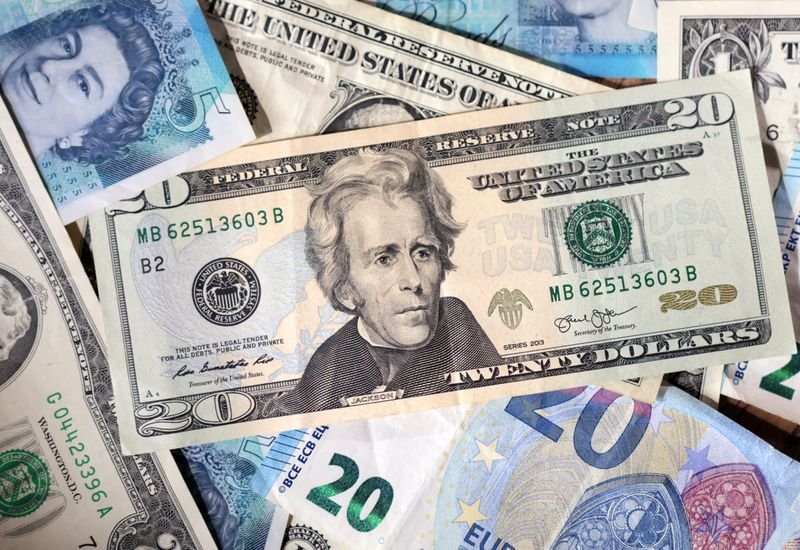Dollar Remains Stable Ahead of Inflation Report and US-China Tariff Deadline
As market watchers closely analyze the economic landscape, the U.S. dollar remains steady in anticipation of upcoming financial reports and significant deadlines concerning trade tariffs with China. This stability indicates a period of cautious observation among investors, as they prepare for crucial data that could influence market trends.
Economic Anticipations
Financial analysts are turning their attention to the next inflation report, a pivotal indicator that could affect economic decisions and trading strategies. Inflation data typically plays a crucial role in shaping investor expectations regarding monetary policy and interest rates. As the report is set to be released soon, many are holding their positions, resulting in minimal fluctuations in the dollar’s value.
Understanding inflation’s impact on the currency can help investors make informed decisions. If inflation rates are higher than expected, the Federal Reserve may need to consider tighter monetary policy, which can strengthen the dollar. Conversely, if the report suggests lower inflation, it could lead to a more dovish stance from the Fed, potentially weakening the dollar.
Tariff Concerns
On another front, the looming deadline for U.S.-China tariffs adds another layer of complexity to the financial atmosphere. The ongoing trade tensions between these two economic giants have a direct impact on global markets. Investors are wary of how these tariffs back-and-forth decisions might influence trade relations and, consequently, economic conditions.
Speculation surrounding trade negotiations can lead to significant market movements. If a resolution or at least some progress is made before the deadline, it could bolster confidence in the dollar. On the other hand, further escalations could lead to uncertainty, which tends to drive investors toward safer assets, impacting the dollar’s performance negatively.
Market Reactions
As the market awaits the inflation data and the tariff decision, various sectors are feeling the ripple effects. Currency traders are particularly watchful, adjusting their strategies based on anticipated news. Large corporations and investors often hedge against currency fluctuations, trying to minimize risk during uncertain times. This behavior can lead to liquidity in the market, but it also means that potential volatility could arise depending on forthcoming news.
Traders are also keeping a close eye on bond yields, as they often correlate with expectations for inflation and the Federal Reserve’s actions. Rising yields generally indicate investor confidence in the economy, but they can also lead to stronger competition for bonds over equities, affecting how the dollar performs.
Global Impact
The strength or weakness of the U.S. dollar is not just an American concern; it influences global markets as well. A stronger dollar can impact commodities priced in U.S. currency, making them more expensive for foreign buyers. This dynamic can have repercussions on international trade and economic growth in various countries.
Countries that rely heavily on exports may face challenges if the dollar continues to rise, as their goods may become less competitive in world markets. Moreover, countries with significant dollar-denominated debt could see their financial positions challenged if the dollar strengthens, resulting in increased costs of servicing that debt.
Preparing for Upcoming Data
Investors are advised to prepare for the release of crucial economic data carefully. Understanding the relationship between inflation rates, interest rates, and the dollar’s performance can be key for making timely decisions.
Since economic conditions can shift rapidly, keeping updated on the latest news related to U.S.-China trade relations and monetary policy is essential. By staying informed, investors can better gauge potential risks and opportunities.
The convergence of the inflation report and the tariff deadline creates a significant moment for market observers. An influx of data and developments can clearly steer dollar performance and market sentiment trajectory.
In summary, the ongoing interactions between inflation indicators and international trade policies will likely remain focal points for investors, shaping the dollar’s strength in the near future. The impact extends beyond U.S. borders, affecting economies worldwide and highlighting the interconnected nature of today’s global finance landscape.
By monitoring these key factors closely, investors can navigate their strategies effectively amidst a complex and evolving market scenario. The steady nature of the dollar right now suggests a momentary pause; however, the upcoming announcements could prompt swift changes in direction.
